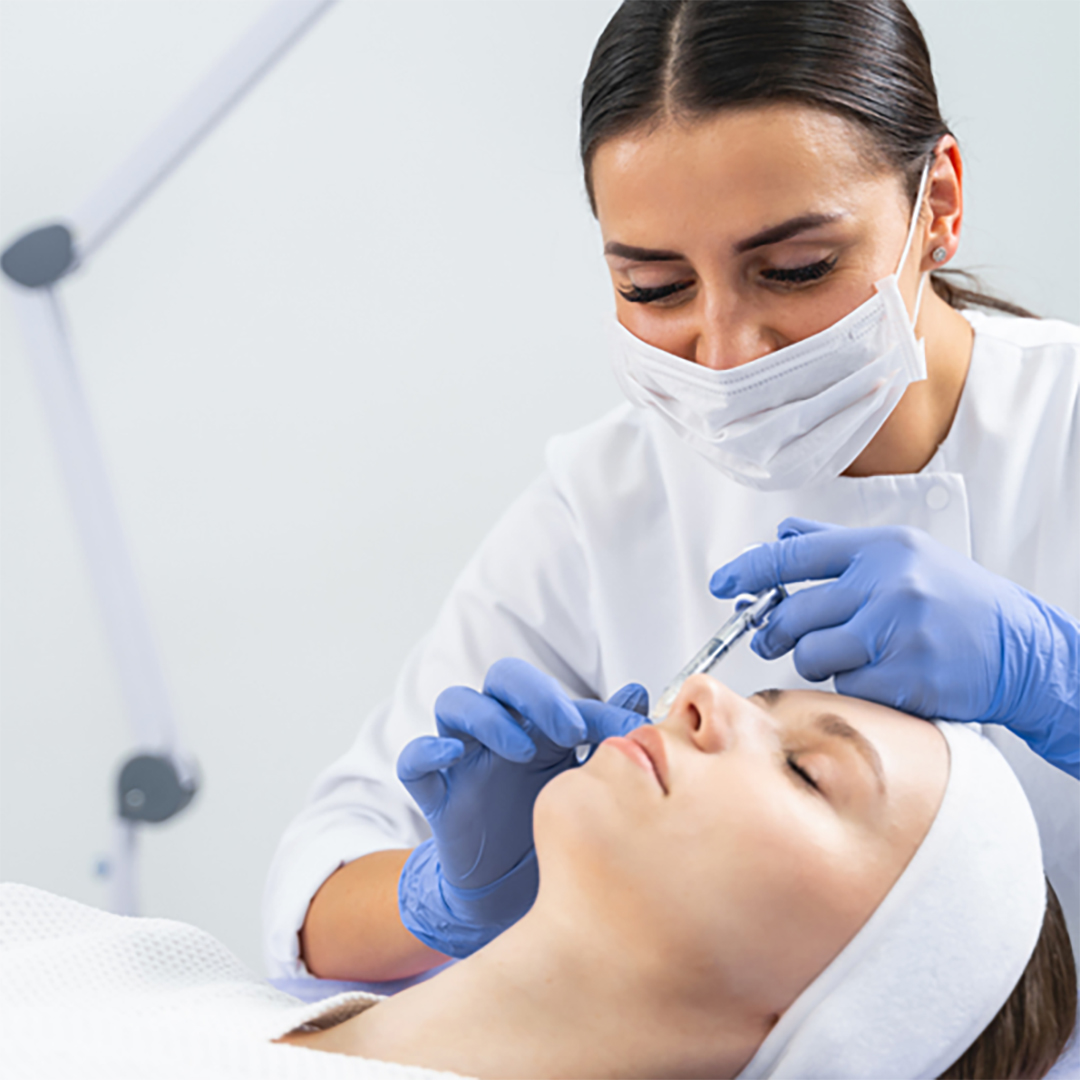Ingrown hairs are a ubiquitous dermatological issue that can lead to discomfort, inflammation, and sometimes even infection. When hairs grow back into the skin instead of rising up from it, they can cause red bumps, inflammation, and sometimes painful cysts. In some cases, professional intervention is necessary for effective removal and treatment. This article delves into the costs associated with dermatologist ingrown hair removal, examining the different approaches, potential expenses, and factors influencing the overall price.
Understanding Ingrown Hairs
Ingrown hairs occur most frequently in individuals with curly or coarse hair. They are often caused by improper shaving techniques, wearing tight clothing, or a lack of exfoliation. The reaction from the body, often resulting in redness, swelling, and sometimes pus-filled blisters, can be bothersome. Therefore, understanding the importance of effective removal is paramount, as it not only affects appearance but can also alleviate discomfort and prevent further complications.
Consultation Costs
The first step in addressing ingrown hairs at a dermatologist’s office is a consultation, which typically includes a thorough examination of the affected area. The average cost of an initial consultation can vary considerably based on geographic location, the dermatologist’s expertise, and the specific clinic’s reputation. Generally, this initial meeting can range from $100 to $300. It is also wise to note that some dermatologists might bundle treatment and consultation fees, potentially lowering costs overall.
Treatment Options
Depending on the severity and frequency of ingrown hairs, dermatologists may offer multiple treatment avenues. The most common include:
- Topical Treatments: Dermatologists may prescribe topical antibiotics or retinoids to address inflammation and facilitate hair removal. The cost of prescription medications can vary but typically ranges from $10 to $100, depending on insurance coverage.
- Manual Extraction: For stubborn or deeply embedded hairs, manual extraction using sterile tools can be performed by the dermatologist. This procedure might cost between $50 and $150 per session, depending on the clinic and additional services required during the visit.
- Laser Hair Removal: For individuals suffering from recurrent ingrown hairs, laser hair removal can provide a long-term solution. This method involves the use of laser technology to selectively target and destroy hair follicles. The price for laser hair removal varies greatly; sessions typically range from $250 to $600 per treatment, with multiple sessions often required for optimal results.
- Electrolysis: Similar to laser hair removal, electrolysis offers a permanent solution to unwanted hair and, consequently, ingrown hairs. This technique employs an electric current to destroy hair follicles. The average cost per session can range from $30 to $100 or more, depending on session length and the area being treated.
Considerations for Treatment
The choice of treatment often hinges on several factors, including the severity of the ingrown hairs, the patient’s skin type, hair type, and personal preference regarding pain tolerance and recovery time. A discussion with a dermatologist will help elucidate the best course of action suited to individual needs.
Insurance Coverage
Another significant factor influencing the overall cost is whether treatment is covered by health insurance. Many insurance policies do not cover cosmetic procedures, including certain hair removal methods. However, if ingrown hairs are causing significant medical issues, such as recurrent infections, some insurance plans may provide partial or full coverage for treatment. Patients should consult their insurance provider beforehand to clarify coverage specifics.
Home Remedies vs. Professional Treatments
While some individuals may opt for home remedies to handle ingrown hairs, such as exfoliating scrubs or over-the-counter medications, these solutions may not always be effective. Professional treatments tend to yield more reliable outcomes and significantly reduce the likelihood of further complications. Home remedies could save money temporarily, but for recurring problems, investing in professional care is often a more effective long-term strategy.
Long-Term Costs and Maintenance
It is essential to consider the long-term costs of managing ingrown hairs when deciding on a treatment plan. While some methods such as laser hair removal have higher upfront costs, they may lead to lower overall expenses in the long run by significantly reducing or even eliminating the occurrence of ingrown hairs. Regular consultations and treatments can incur ongoing costs, and budgeting for these expenses is advisable.
Finding the Right Dermatologist
Choosing an experienced dermatologist is critical for achieving optimal results in ingrown hair treatment. Patients should prioritize finding professionals with solid reviews and reputable training. It’s also prudent to consult multiple dermatologists to gauge varying opinions on treatment and associated costs. Some may even offer promotional packages for initial consultations or follow-up sessions which can help mitigate costs.
Conclusion
Addressing ingrown hairs through professional dermatological treatment can involve a range of costs depending on treatment methods, consultation fees, and individual circumstances. Understanding the expenses associated with each option assists patients in making informed choices regarding their care. Weighing immediate and long-term costs, as well as the potential benefits of professional intervention, is essential for achieving optimal skin health and comfort.

